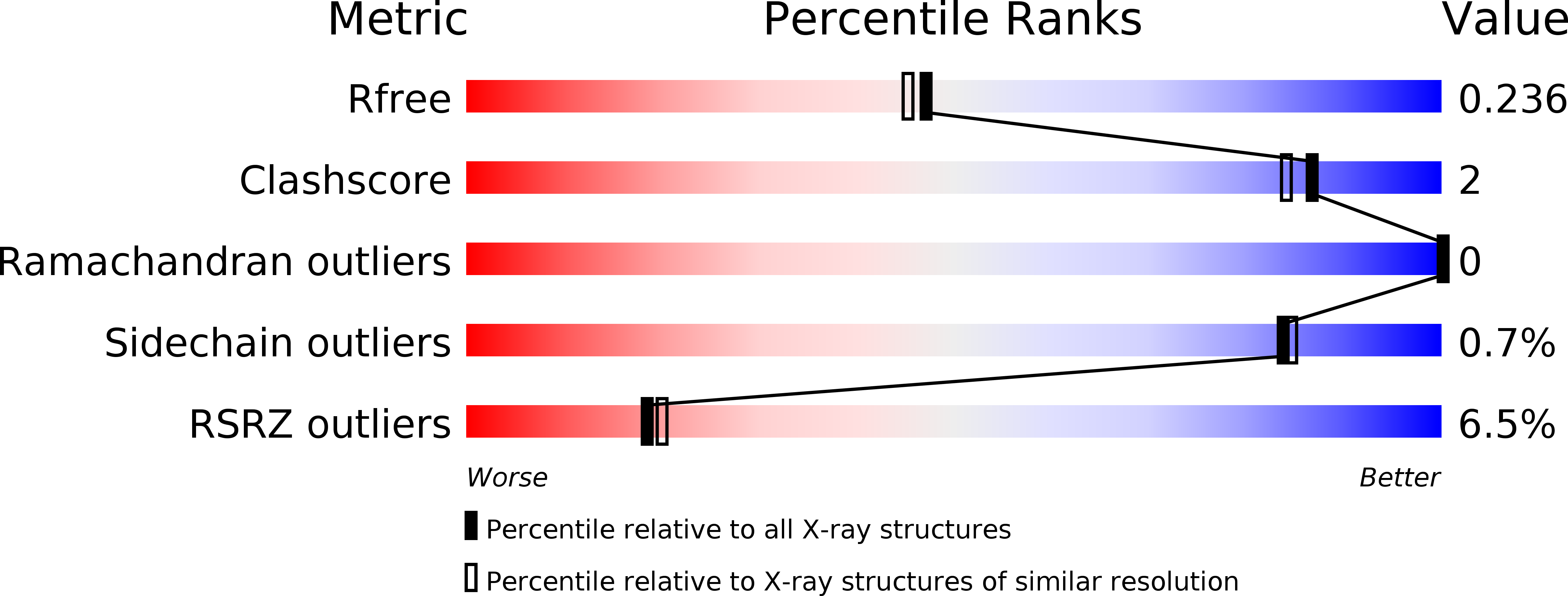
Deposition Date
2011-07-19
Release Date
2012-08-01
Last Version Date
2023-12-20
Entry Detail
PDB ID:
3ZUG
Keywords:
Title:
E268D mutant of FAD synthetase from Corynebacterium ammoniagenes
Biological Source:
Source Organism:
CORYNEBACTERIUM AMMONIAGENES (Taxon ID: 1697)
Host Organism:
Method Details:
Experimental Method:
Resolution:
2.05 Å
R-Value Free:
0.22
R-Value Work:
0.19
R-Value Observed:
0.19
Space Group:
P 21 3


